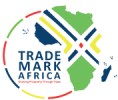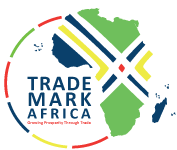The planned extension of the Standard Gauge Railway (SGR) to Kisumu has rekindled hope for regional trade as the lakeside city consolidates its market position as one of the leading business hubs in East Africa. Even though the SGR is targeted to be built up to the border town of Malaba, experts say linking Kisumu port to Mombasa is seen as an early landmark as it will allow cargo to be transported over lake Victoria to other East African states, making the SGR a more viable economic project. The SGR extension coincides with the construction of a lake port planned on the shores of Lake Victoria in Usare village, boosting trade with Kenya’s regional neighbours via Uganda’s Port Bell, Tanzania’s Mwanza Port with South Sudan via Jinja Port and Rwanda via Kimondo Bay. For decades, Kisumu port registered robust business helped by a reliable railway system and maritime vessels that ferried cargo to ports such as Mwanza and Bukoba in Tanzania and Jinja and Port Bell in Uganda. Locals say the modern container port is likely to turn the town into a hub for trade. This comes at a time when navigation of boats and fishing vessels has been constrained by hyacinth invasion in Lake Victoria. However, Kisumu port’s potential of receiving and processing over 4,000 tonnes of cargo to other East African countries including Tanzania, Uganda and Rwanda daily could be halved due to the water weed. Based on its location, Kenya Chamber of Commerce and Industry branch chairman...
SGR plan rekindles hope for regional trade in Kisumu
Posted on: October 12, 2017
Posted on: October 12, 2017















